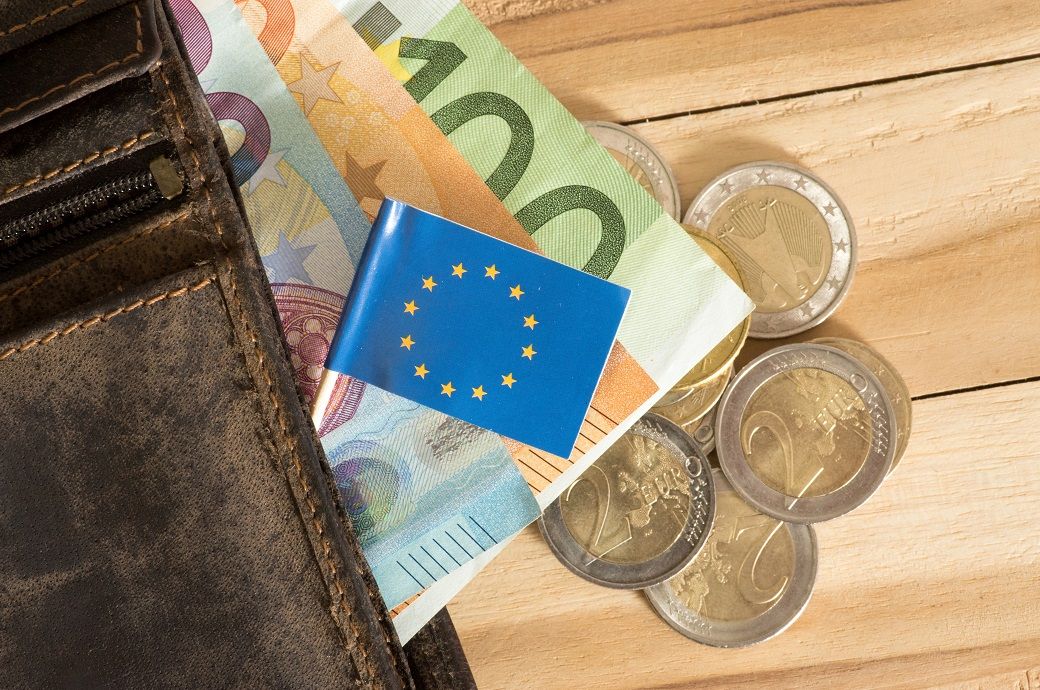

Compared with the same quarter of the previous year, seasonally adjusted GDP increased by 1.8 per cent in the euro area and by 1.7 per cent in the EU in Q4 2022, after a rise of 2.4 per cent in the euro area and 2.6 per cent in the EU in the previous quarter respectively, according to a press release by Eurostat, the statistical office of the EU.
For the year 2022 as a whole, GDP increased by 3.5 per cent in both the euro area and the EU, after a surge of 5.3 per cent and 5.4 per cent respectively in 2021.
During Q4 2022, GDP in the US increased by 0.7 per cent compared to the previous quarter (after a 0.8 per cent rise in Q3 2022). Compared with the same quarter of the previous year, GDP increased by 0.9 per cent, after a 1.9 per cent jump in the previous quarter.
At 1.4 per cent, Greece recorded the highest increase of GDP compared to the previous quarter, followed by Malta at 1.2 per cent and Cyprus at 1.1 per cent. The highest decreases were observed in Poland at -2.4 per cent, Estonia at -1.6 per cent, and Finland at -0.6 per cent.
Gross fixed capital formation decreased by 3.6 per cent in the euro area and by 2.8 per cent in the EU after a rise of 3.9 per cent and 3.5 per cent, respectively. Exports increased by 0.1 per cent in the euro area and remained stable in the EU after an increase of 1.7 per cent and 1.9 per cent. Imports decreased by 1.9 per cent in both the euro area and the EU after a rise of 4.2 per cent and 3.9 per cent in the previous quarter.
Based on seasonally adjusted figures, GDP volumes in the euro area and EU were 2.4 per cent and 2.8 per cent respectively above the level recorded in Q4 2019, before the COVID-19 outbreak. For the US, GDP was 5.1 per cent higher than the level of Q4 2019.
The number of employed persons increased by 0.3 per cent both in the euro area and in the EU in Q4 2022, compared with the previous quarter. In Q3 2022, employment had increased by 0.3 per cent in the euro area and by 0.2 per cent in the EU.
Compared with the same quarter of the previous year, employment increased by 1.5 per cent in the euro area and by 1.3 per cent in the EU in Q4 2022, after a rise of 1.8 per cent in the euro area and 1.5 per cent in the EU in Q3 2022. According to a first estimation of annual growth for 2022, based on quarterly data, employment increased by 2.2 per cent in the euro area and by 2.0 per cent in the EU.
In Q4 2022, Malta at 1.6 per cent, Poland at 0.9 per cent, and Estonia, Cyprus, and the Netherlands —all at 0.7 per cent—recorded the highest growth of employment in persons compared with the previous quarter. The highest decline of employment was recorded in Portugal at -0.8 per cent, and Lithuania and Latvia—both at -0.5 per cent.
Based on seasonally adjusted figures, Eurostat estimates that in Q4 2022, 214.6 million people were employed in the EU, of which 165.0 million were in the euro area. In relation to the COVID-19 pandemic, employment in persons in the euro area was 3.6 million above the level of Q4 2019, and 4.7 million above this level in the EU.
Fibre2Fashion News Desk (NB)